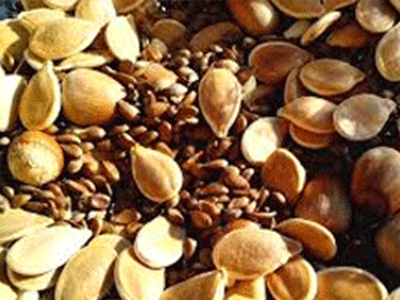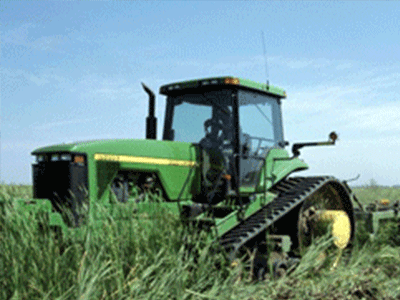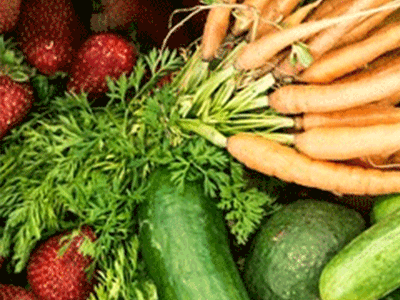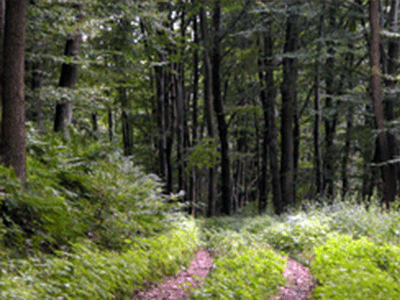Standards for seeds, tractors, forest, fruit and vegetables
What are the OECD standards for seeds, tractors, forest, fruits and vegetables?
The OECD Agricultural Codes and Schemes facilitate international trade through the simplification and harmonisation of documentary, inspection and testing procedures. For Seeds and Forests, the Schemes encourage the production and use of seeds or plants of consistently high quality for which trueness to name or source is guaranteed. For Tractors, the Codes enable an importing country to accept with confidence the results of tests carried out in another country, and in the case of Fruit and Vegetables, the Scheme promotes uniform classification and quality control procedures.
The Codes and Schemes were created in the early 1960s, and the number of participating countries has been constantly rising. The Codes and Schemes are open to any OECD or non-OECD country that is a member of the United Nations or of the World Trade Organization. In addition to the OECD countries that are all members of at least one of the Codes and Schemes, participation currently encompasses 29 non-OECD Economies, including some of the major players in world trade. The groups work closely with the UN family, especially the UN Food and Agriculture Organization (FAO) and the United Nations Economic Commission for Europe (UNECE), as well as specific non-governmental and industrial organisations.
The overarching objectives of the Codes and Schemes are to simplify existing international trade procedures; increase transparency, reduce technical barriers to trade; contribute to international harmonization of standards, environmental protection; and, to increase market confidence through enforcement of quality control and inspection procedures, as well as the traceability of the traded products.
The objectives are achieved through ongoing dialogue with the designated authorities of Member Countries, Observers and, stakeholders including farmers, industry and trade.
OECD Seed Schemes
The OECD Seed Schemes provide an international framework for the certification of agricultural seed moving in international trade. The Schemes were established in 1958 driven by a combination of factors including a fast-growing seed trade, regulatory harmonisation in Europe, the development of off-season production, the seed breeding and production potential of large exporting countries in America (North and South) and Europe, and the support of private industry. Membership of the Schemes is voluntary and participation varies. There are seven agricultural Seed Schemes.
OECD Tractor Codes
The OECD Standard Codes for the official testing of agricultural and forestry tractors are a set of rules and procedures for tractor testing with the aim to facilitate trade by updating international rules to certify tractors and their protective structures. Implementation of the Codes ensures that protective structures and performance criteria are carried out on a comparative basis, thus increase transparency, simplify international trade procedures, and open markets.
OECD Fruit and Vegetables Scheme
The OECD Fruit and Vegetables Scheme provide a complete and internationally harmonised quality inspection system for participating countries. The mutual recognition of inspections is strengthened through implementation of peer reviews on national quality inspection systems, organisation of meetings for the heads of national inspection services and workshops for the inspectors. Frequent meetings also allow for a comprehensive dialogue amongst stakeholders in elaborating and reviewing the interpretation of international standards (UNECE and CODEX), as well as defining inspection procedures.
OECD Forest, Seed and Plant Scheme
Different OECD labels are used according to the two categories for forest reproductive materials. The labelled product is then recognised internationally as a guarantee of quality and as a certificate of origin. Forest seed sources and stands are approved by participating countries as the basic material for harvesting the reproductive material, i.e., seeds; regions of provenance are delineated and carefully documented. A total of 275 species of trees are currently eligible for certification under the Scheme.



